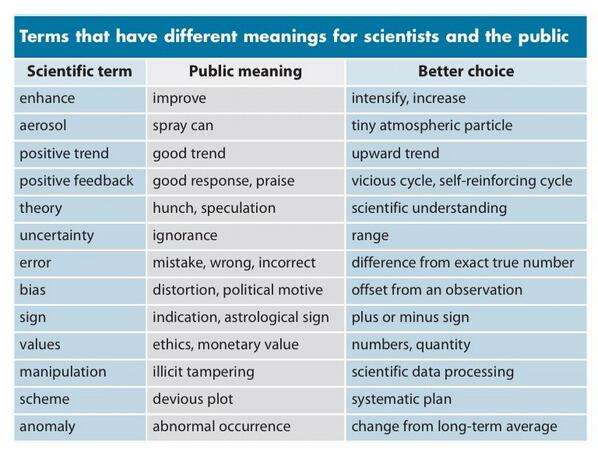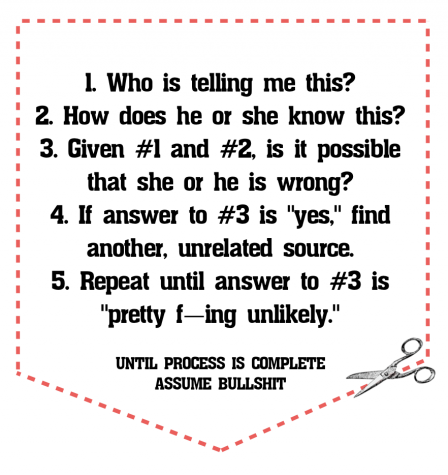Nancy Baym tweets: “Nice article on flaws of ”it’s not our fault, it’s the algorithm” logic from Facebook with quotes from @TarletonG” pointing to: Facebook draws fire on ‘related articles’ push.
From the post:
A surprise awaited Facebook users who recently clicked on a link to read a story about Michelle Obama’s encounter with a 10-year-old girl whose father was jobless.
Facebook responded to the click by offering what it called “related articles.” These included one that alleged a Secret Service officer had found the president and his wife having “S*X in Oval Office,” and another that said “Barack has lost all control of Michelle” and was considering divorce.
A Facebook spokeswoman did not try to defend the content, much of which was clearly false, but instead said there was a simple explanation for why such stories are pushed on readers. In a word: algorithms.
The stories, in other words, apparently are selected by Facebook based on mathematical calculations that rely on word association and the popularity of an article. No effort is made to vet or verify the content.
Facebook’s explanation, however, is drawing sharp criticism from experts who said the company should immediately suspend its practice of pushing so-called related articles to unsuspecting users unless it can come up with a system to ensure that they are credible. (emphasis added)
Just imagine the hue and outcry had that last line read:
Imaginary Quote Google’s explanation of search results, however, is drawing sharp criticism from experts who said the company should immediately suspend its practice of pushing so-called related articles to unsuspecting users unless it can come up with a system to ensure that they are credible. End Imaginary Quote
Is demanding “credibility” of search results the long sought after “Google Killer?”
“Credibility” is closely related to the “search” problem but I think it should be treated separately from search.
In part because the “credibility” question is one that can require multiple searches upon the author of search result content, searches for reviews and comments on search result content, searches of other sources of data on the content in the search result and then a collation of that additional content to make a credibility judgement on the search result content. The procedure isn’t always that elaborate but the main point is that it requires additional searching and evaluation of content to even begin to answer a credibility question.
Not to mention why the information is being sought has a bearing on credibility. If I want to find examples of nutty things said about President Obama to cite, then finding the cases mentioned above is not only relevant (the search question) but also “credible” in the sense that Facebook did not make they up. They are published nutty statements about the current President.
What if a user wanted to search for “coffee and bagels?” The top hit on one popular search engine today is: Coffee Meets Bagel: Free Online Dating Sites, along with numerous other links to information on the first link. Was this relevant to my search? No, but search results aren’t always predictable. They are relevant to someone’s search using “coffee and bagels.”
It is the responsibility of every reader to decide for themselves what is relevant, credible, useful, etc. in terms of content, whether it is hard copy or digital.
Any other solution takes us to Plato‘s Republic, which was great to read about, would not want to live there.

